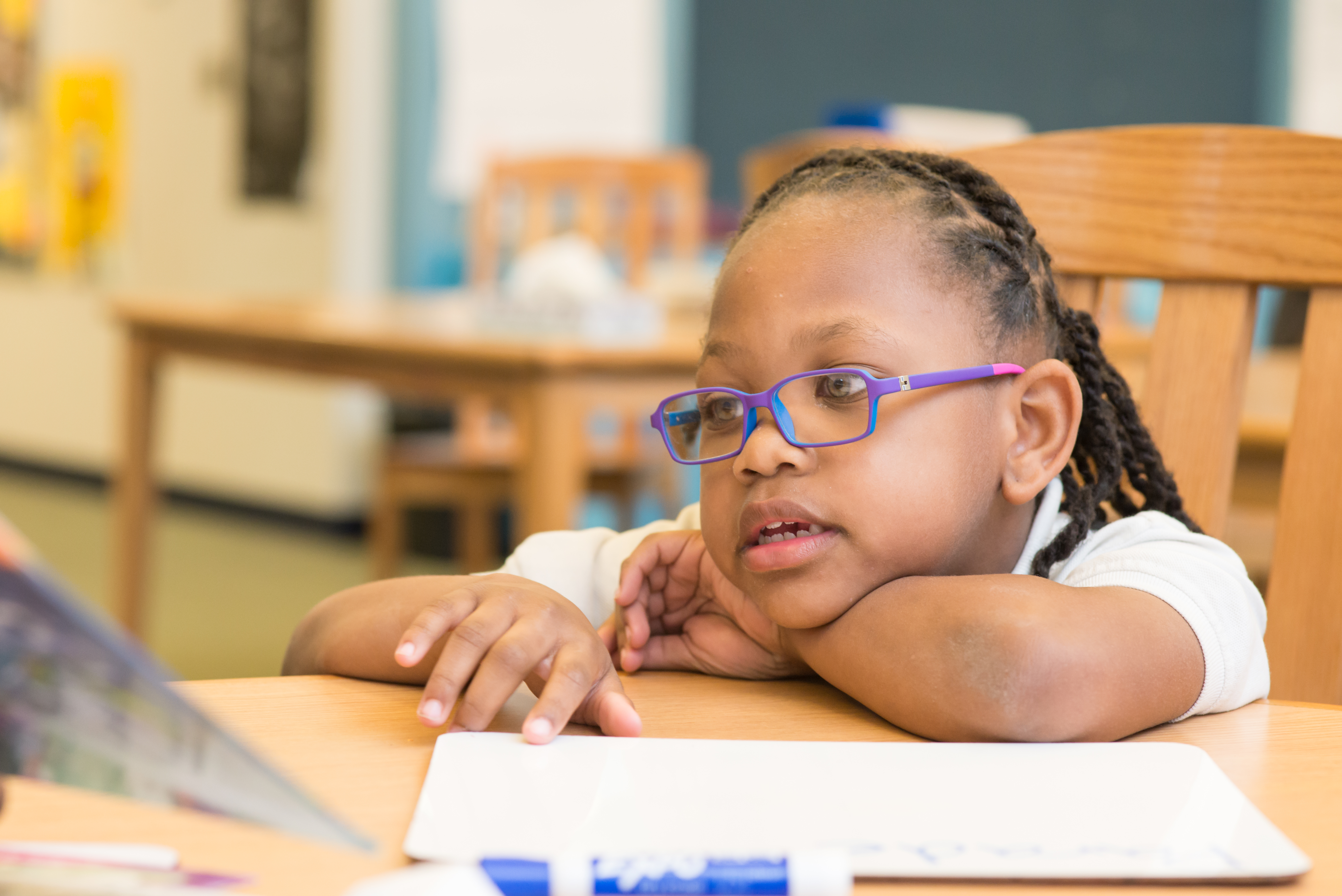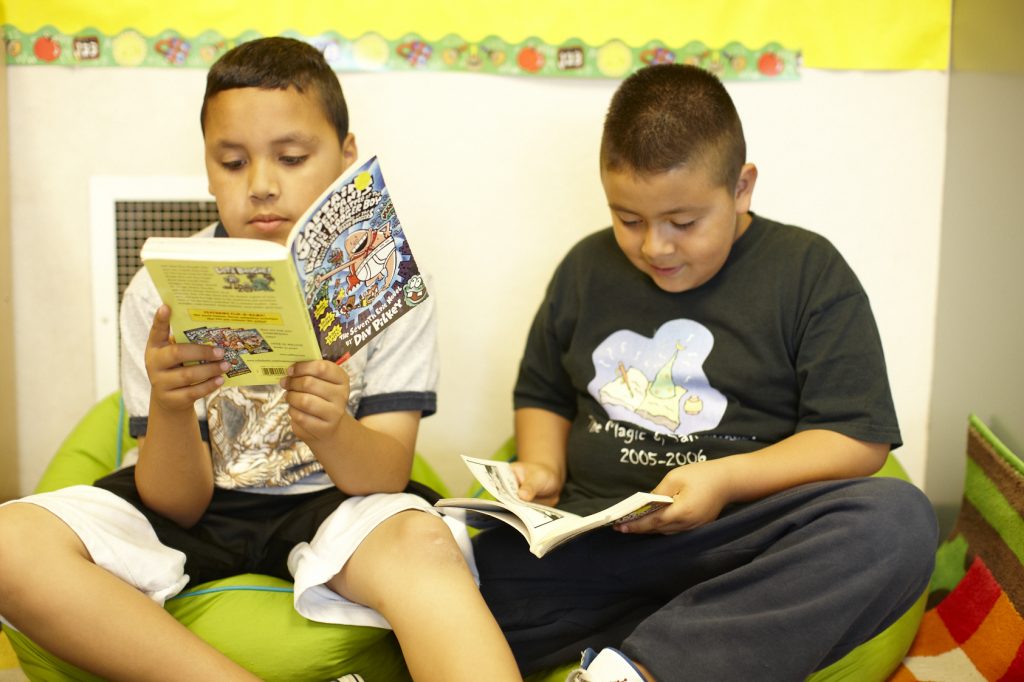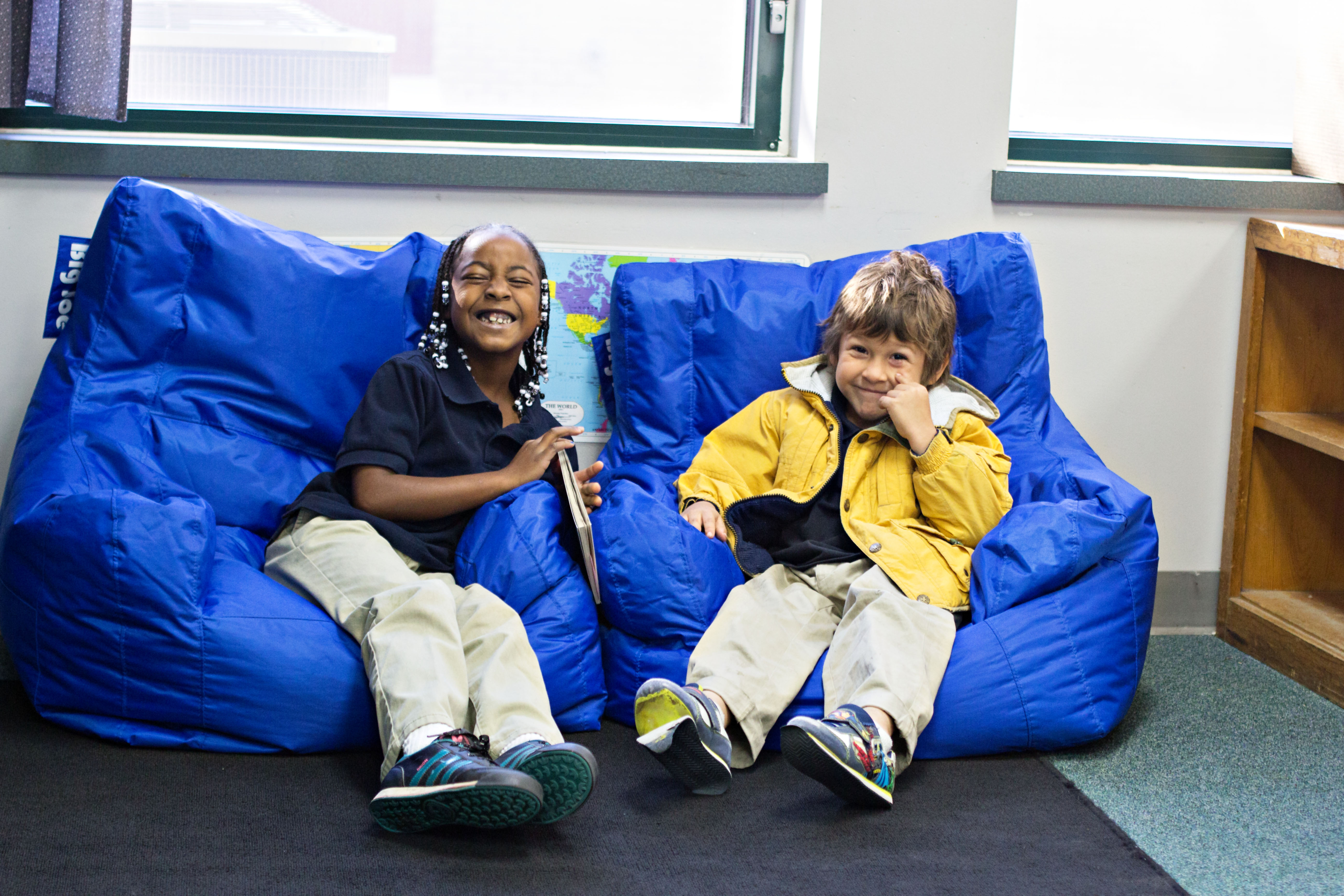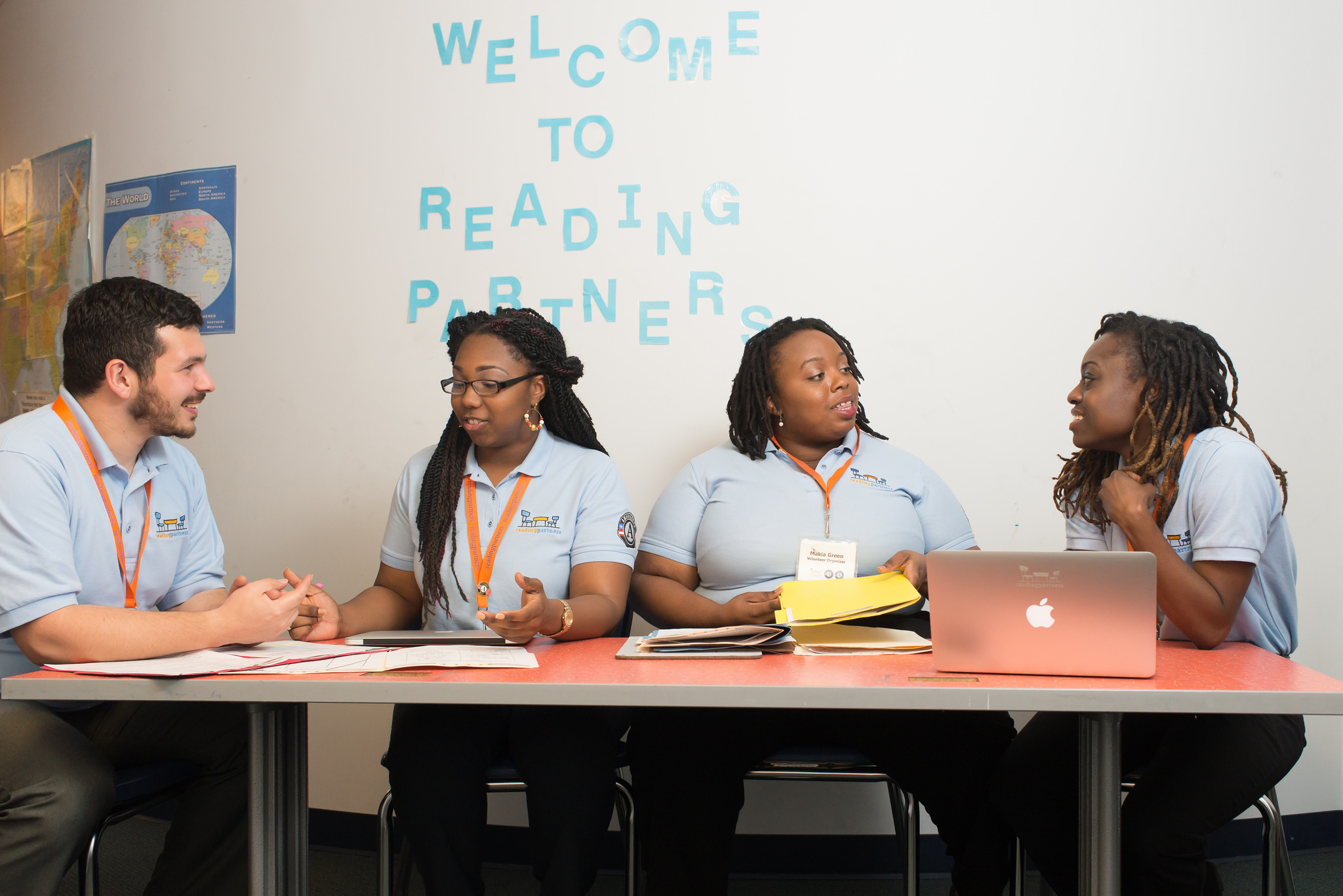May 13, 2020
How COVID-19 exacerbates existing educational inequities

Since March, school districts nationwide have dramatically changed the way instruction is delivered to students in the wake of the COVID-19 outbreak. And while many students with adequate resources are adjusting to this new digital normal from home, millions of other students are being left behind.
Educational inequities accelerate during COVID-19
Educational inequity has existed long before the current COVID-19 pandemic, but the sudden transition to distance learning is shining a light on the huge gap between the haves and the have-nots.
We know that data shows students of color and students from low-income households experience significant disadvantages in education; they are disproportionately disciplined, referred for Special Education services, and are underrepresented in academic acceleration programs. Many of these families also lack computers and reliable access to the internet, and experience food and housing insecurity. Due to COVID-19, students who were already experiencing disadvantages in the classroom are now struggling with inequities deeper and broader than before.
No inequity is more exacerbated by distance learning than the digital divide—the vast gap between those who have access to computers and the internet and those who do not. According to the Pew Research Center, more than four-in-ten Americans don’t have home broadband services, and about the same percentage (46 percent) don’t have access to a traditional computer.
Prior to the COVID-19 outbreak, students without internet or devices at home relied on schools, libraries, and community centers for Wi-Fi access and computers. But with these community resources closed, what was a slow-burning issue for school districts became a ‘homework gap’ of millions of students unable to complete digital work.
Distance learning exacerbates the divide
In large urban school districts, the digital divide means thousands of students don’t have the equipment and access needed to fully engage in distance learning. In Baltimore, a district that wasn’t widely using distance learning before schools closed, the district averaged one device for every four students. In Los Angeles, one-quarter of students lacked internet access at home and one-third of students didn’t have district-supplied devices when schools closed in March.
In rural communities, broadband internet access poses challenges even to students with devices. Students can quickly be pushed into the divide by poor broadband availability or data caps on family internet plans.
School districts are doing their best and getting creative when navigating distance learning. From distributing paperwork packets to making learning activities accessible by phone to hotspot-enabled school buses, districts are testing new initiatives and innovating in real-time.
But the unfortunate reality is: unless school districts can ensure all coursework is accessible to all students, the opportunity gap will only deepen for students with limited accessibility.

Beyond schoolwork
Beyond academics, the digital divide is intensifying other systemic inequities existent in our education system.
Almost overnight, schools were forced to become food distribution sites for students and families. Districts continue to rapidly expand their services to address specific family needs, including offering weekend meals, diapers, and other necessities. In Baltimore, where a large percentage of students rely on school meals, feeding is a top driver of district capacity.
For many students, school buildings also offer a safe, structured, and nurturing place to go every day, also providing critical wraparound support services to families. Some of these services don’t translate to the digital world, or cannot be offered in-person now due to social distancing and stay-at-home orders.
Limited or no access to technology means students have limited connections to their teachers and friends, too. Students without digital access are feeling especially isolated during a time when stress and anxiety are at a high.
A juggling act
Parents and caregivers in low-income communities or communities of color, those most impacted by the digital divide, are also disproportionately working in businesses now considered essential services (think grocery stores and gas stations). This often means students might lack consistent schoolwork support at home. We know family involvement is the number one predictor of early literacy success, but involvement might not always be possible as families balance competing priorities.
These huge hurdles impact students’ ability to attend school and complete work. School absenteeism rates are quickly growing for those students who can’t get online or have to juggle school around family situations. As many as 25% of students in some Maryland school districts either had not signed on to the internet to do lessons or hadn’t picked up a packet of schoolwork to complete since schools closed in March. In contrast, other more well-resourced districts had connected with all but 1% of their students.

Rallying for students
While distance learning is highlighting deep-set educational inequities across our country, we are also seeing organizations and companies stepping up to help increase accessibility for students.
Libraries are now offering external Wi-Fi hotspots in their parking lots. Nonprofits are stepping up to help with device shortages. In Baltimore, the Digital Harbor Foundation is collecting and preparing donated devices to distribute to students. And in Colorado, Minnesota, and Ohio, PCs for People is refurbishing and distributing used computers and providing families with hotspot devices.
Reading Partners is offering digital and phone-based literacy resources for students, including a Bright by Text family texting program, literacy resource library, and virtual storytime sessions.
PBS is broadcasting daily At-Home Learning Services over public access stations nationwide and offering its online LearningMedia for free. And many internet service providers and cell phone companies are offering free or deeply discounted plans to help families get online without restrictions.
School districts are updating their distance learning plans on a daily or weekly basis and attempting to incorporate these new resources into their learning plan to support students on both sides of the digital divide.
Looking ahead at the future of education
Districts are also looking ahead to the post-COVID-19 future when the gaps created by the digital divide will be even more apparent.
Education experts are comparing current school closures to the summer slide, which also disproportionately impacts students from low-income households. They estimate that if schools don’t reopen until the fall, the learning loss could be double the impact usually seen during the summer break.
Superintendents are beginning to strategize their summer and fall terms, looking at educational recovery planning, how to accelerate learning for students who are behind, and how to support students’ social and emotional needs.
The learning gaps now widening will present a huge challenge for educators when schools do reopen. Teachers will likely find themselves instructing students that haven’t had consistent education since March, alongside students that didn’t lose much learning at all.
Especially for younger students, interruptions in early reading instruction leave them more vulnerable to gaps later on. We know that children who cannot read proficiently by the fourth grade are four times less likely to graduate on time, meaning the work to shrink learning gaps in the fall will be even more crucial to students’ future success.
If there is a silver lining to our current distance learning challenge, it may be that educational inequity has moved from a buzzword in education circles to a topic of conversation within the general public. News stories about the digital divide are at a high, and policymakers are pushing for increased funding to support digital relief efforts now and after schools reopen.
As an organization that aspires to be at the center of a nationwide movement for educational equity, it’s heartening to see this increase in awareness and concern. Perhaps after this pandemic, educational inequity won’t just be something that education leaders and nonprofits such as Reading Partners discuss; instead, it will become another core component of education accountability and funding formulas, and no student will be left offline or behind.











